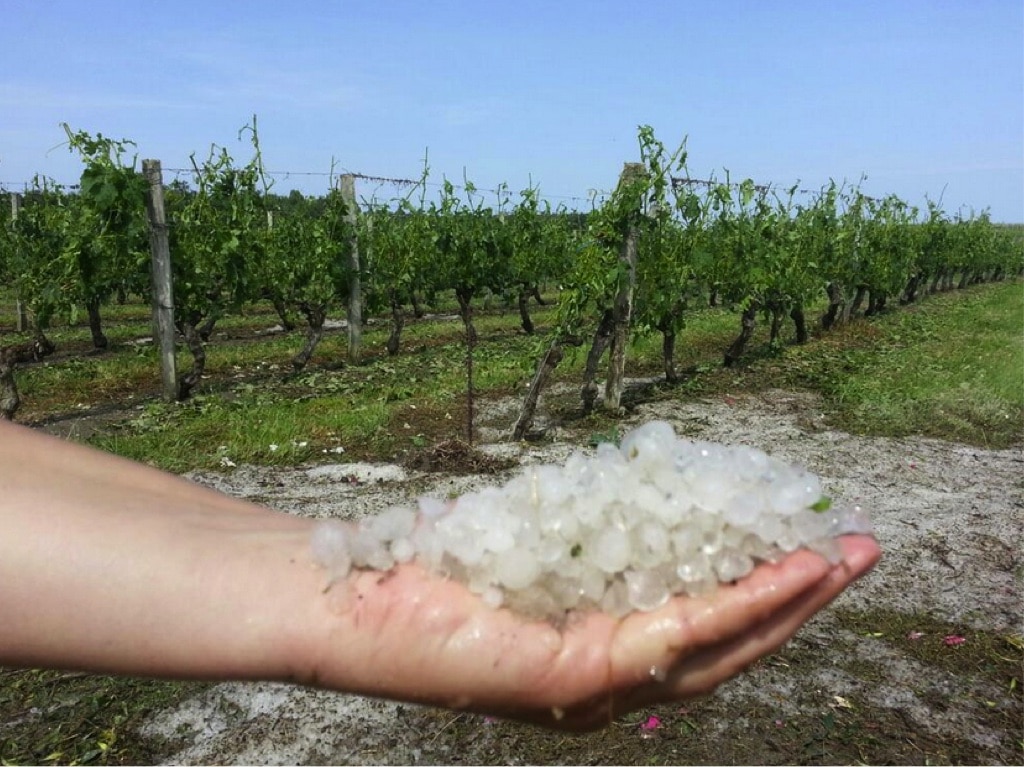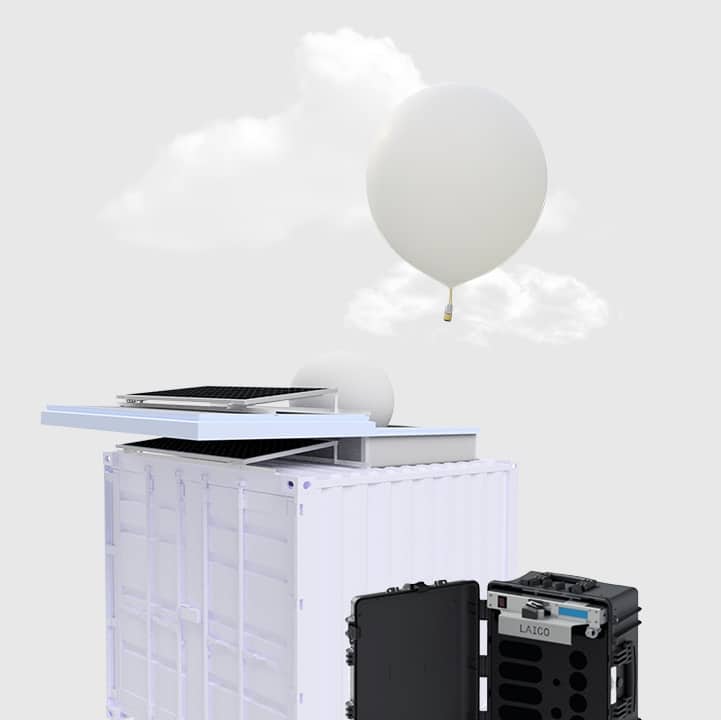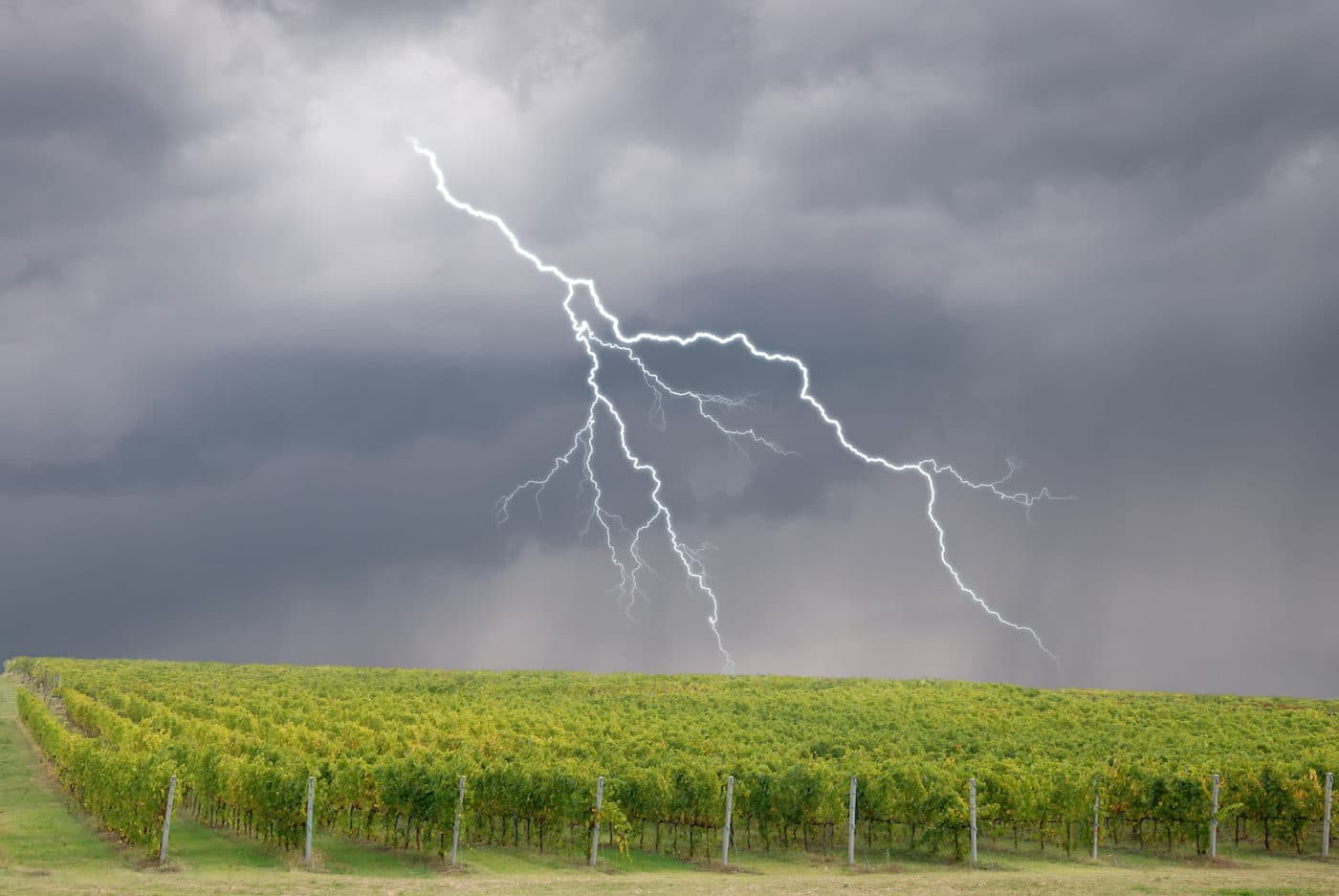Writing in the (London) Times this weekend journalist Adam Sage reports on the new technologies that the vineyard owners of Bordeaux are starting to employ to address climate change and catastrophic weather events. In the first week of August 2013 I remember well the hail storms of the Entre-deux-Mers just east of the city of Bordeaux and south of St Emilion. The hail that fell that day left dents in the roof of my car and damaged the vines so severely that whole harvests were lost in the space of a few minutes. Often such storms follow the path of the rivers (The Dordogne and the Garonne) in corridors of about 2 kilometres wide but as narrow as 500 metres. The incentive to leverage technology and implement solutions is evident and now there are a number of interesting projects being implemented in the vineyards of France.

Adam Sage reports that the owners of St Emilion have “decided to invest Eur1.3 million in a high tech plan to turn hail into rain by spraying salt into the clouds.” He says that the “system, which uses radar and helium balloons is already being tested by individual vineyards and by wine and fruit growing bodies elsewhere, notably in the Rhone Valley, but it is a first for an entire area with a reputation like Saint-Emilion’s.”

The technology uses highly focused radar to detect a storm up to 30 kms away. It then analyses the nature of the storm and sends data to a vineyard owners smart phone. Should it be considered that the threat of hail is serious then an app can trigger up to 24 balloons which then inflate and launch. Sage says “The balloons are equipped with meters that automatically trigger the sale dispersal process once they are in the clouds, scattering 200 grams of hygroscopic salts, which lower the freezing points of water and help to transform the ice into rain.”
According to the directeur du Conseil des vins de Saint Emilion, Frank Binard “it sounds simple in theory, but it took two years of trials to get to this point.” The systems was developed for St Emilion by Selerys, a company specialising in storm risk solutions and it is believed that the risk of hail damage will be reduced by between 60 and 100%.
As with all farming, the greatest risk to profits is reduced production and the greatest risk to reduced production is pestilence and weather. Advances in technology continue to demonstrate the remarkable ability of farmers and scientists to adapt and find solutions that address these risks while working in harmony with the environment.
Written by Michael Baynes
